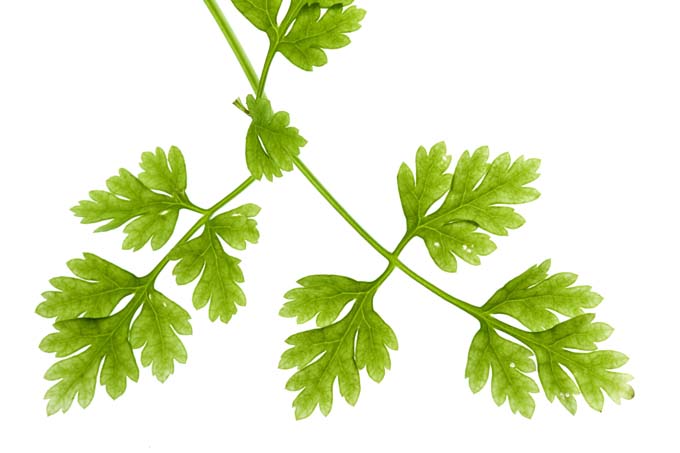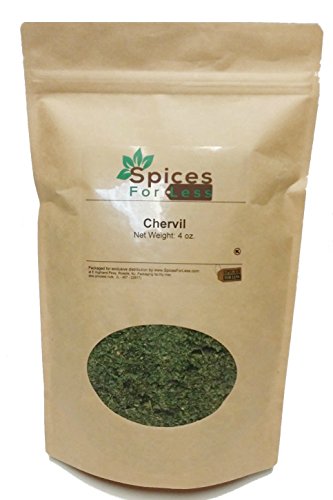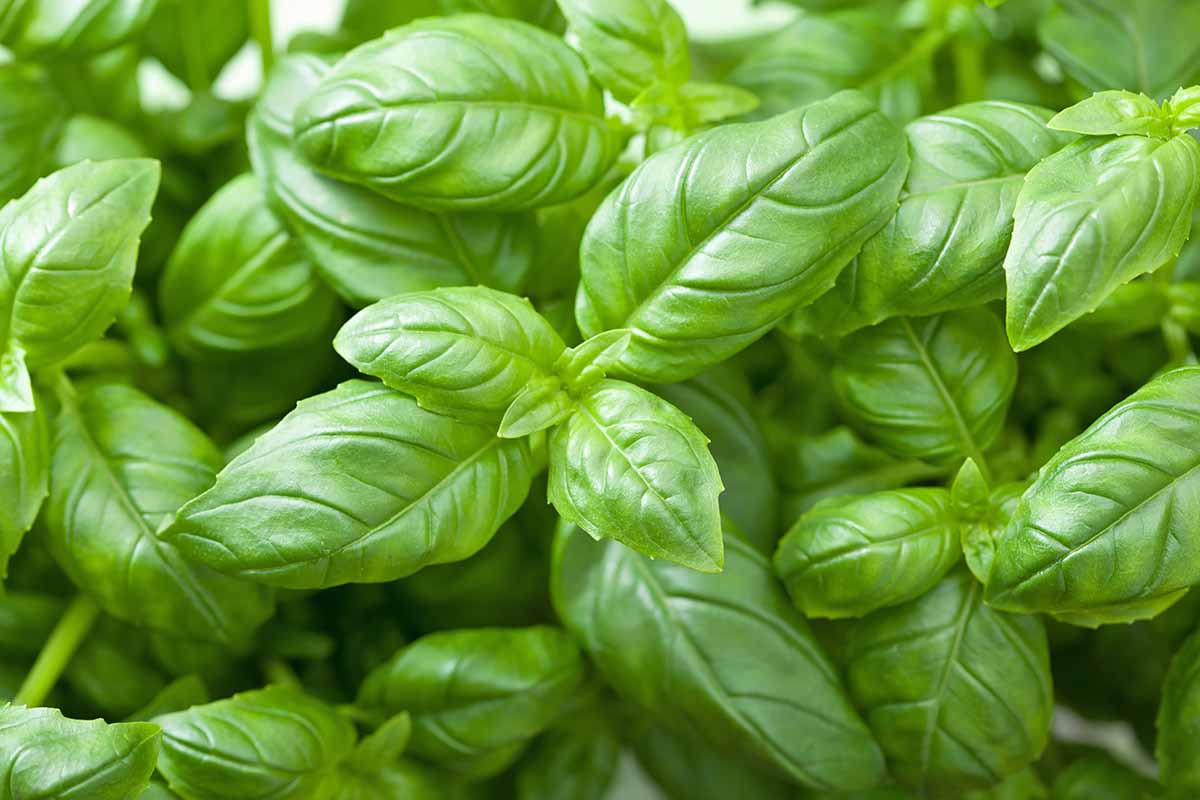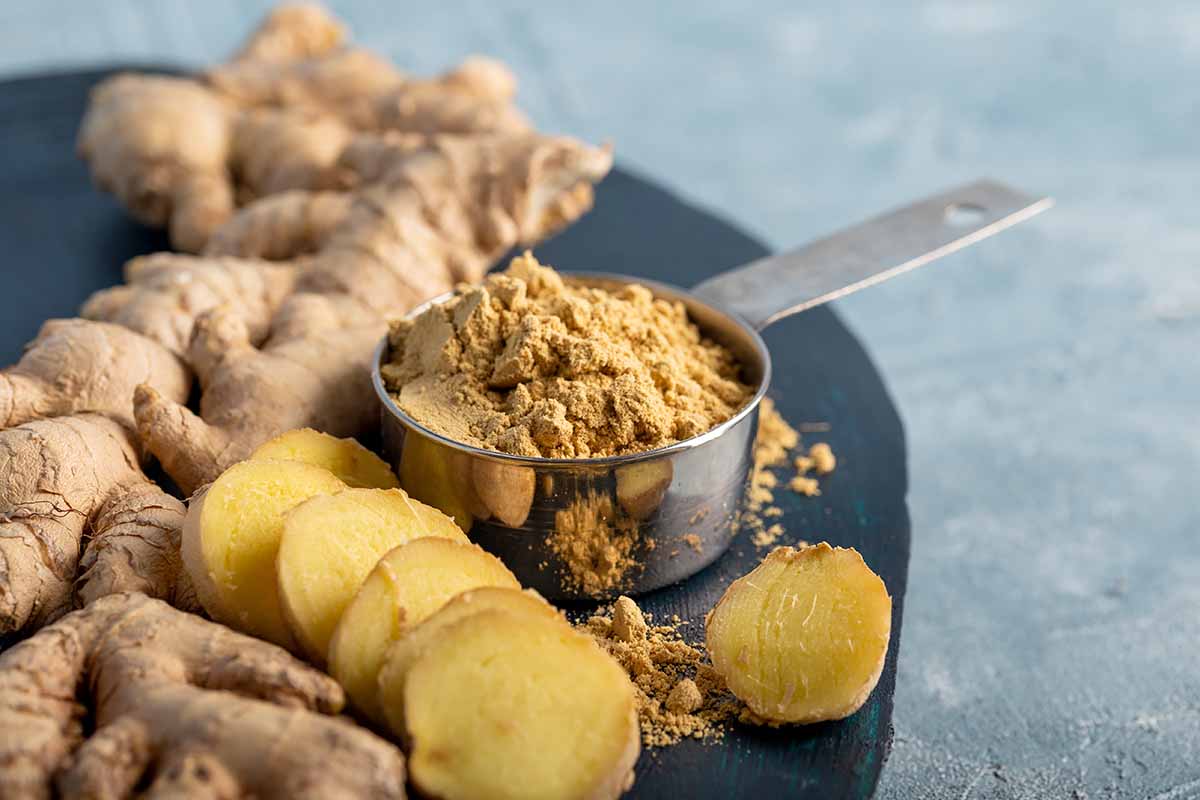We occasionally link to goods offered by vendors to help the reader find relevant products. Some of these may be affiliate based, meaning we earn small commissions (at no additional cost to you) if items are purchased. Here is more about what we do.
Chervil tea, a well loved modern folk remedy, is sometimes taken as a blood purifier in the spring and the fall. Native to southern Russia and the Middle East, the herb’s essential oils are quite similar to the resinous oil brought by the wise men to the baby Jesus in the Bible. Thus, ancient Romans called it “myrrhis.”

Because of its link to the baby Jesus, some European cultures consider the herb symbolic of new life, and use it during Easter celebrations. Traditionally, these households prepare and serve a tasty form of chervil soup each Holy Thursday, in remembrance of Christ’s resurrection.
Members of both the Catholic and Anglican churches are said to include the plant in some form at their Holy Thursday celebrations because of its “life giving” qualities.
Chervil (or Anthriscus cerefolium), as it’s known today, was spread far afield as the Romans conquered and colonized. Pliny, a first century Roman scholar, hailed its warming properties.
Centuries later, 17th century herbalist Nicholas Culpeper made a similar claim, citing that that the herb “does much to please and warm the old and cold stomach.”
Historical Uses
Introduced to France and England by the Romans more than 2,000 years ago, the herb has been used to treat a number of different ailments. During the Middle Ages, hiccups were reportedly relieved by consuming an entire plant, or its leaves soaked in vinegar.
Medieval women soaked in chervil baths while pregnant, and valued its essential oils for use in lotions made to cleanse the skin. In 1577, Thomas Hill published “The Gardener’s Labyrinth” in which he wrote:
Chervill provoketh urine, and sendeth downe the terms in women: it looseth fleume: it putteth away gripings of the belly, it ingendreth winde: it killeth wormes in the belly: it healeth a canker: it ceaseth ach in the hips: it recovereth the dandry of the head: it healeth running sores, it healeth the bit of a mad dog, it breaketh the stone of the bladder, and provoketh urine, it dissolveth the bloud gathered into knobs — Chervil healeth impostumes behinde the eares.
Health Benefits of Chervil
Today, modern herbalists still recommend chervil for its many health benefits. It is said to stimulate digestion, improve circulation, help alleviate liver problems, and treat chronic respiratory ailments.
But regardless of its long history and endless list of uses, its anise-like fragrance and delicate white flowers make this plant pleasing to the eye, and a beautiful addition to any garden.
The bonus? It tastes great, too. It can be used to make deliciously flavored vinegars; chopped up and added to a number of different sauces, soups, and stews; not to mention sprinkled over chicken, fish, and egg dishes, and mixed with cheese or butter.
Cultivation
An aromatic plant, it is closely related and similar in appearance to parsley, but with one very important difference: the flavor.
When planting, the gardener should first take into consideration that, unlike most other herbs, chervil loves the shade and thrives in a cool, moist location.
If you plant in the summer heat, it will go to seed rapidly. But in any weather its season can be lengthened by keeping the tops pinched off.
David’s Garden Seeds Herb Chervil Vertissimo D2441 (Green) 500 Open Pollinated Seeds
Chervil does not respond well to being transplanted, so be careful when choosing a location, and sow the seeds directly in the ground. Those sold by David’s Garden Seeds have an excellent germination rate.
Containers are also a great option for planting, but take care to give the herb room to grow. The tap root is quite long and doesn’t like being crowded, but potting the herb will provide you with nutrients all through the winter months. To germinate successfully, keep your pots in a cool place, preferably below 59°F.
Leaves should be collected for use while the plant is young. The leaves of a mature plant will turn somewhat purple. But at that point they will have lost their zesty flavor, and will be little more than useless.
Admittedly, the plant itself will still be attractive to the eye. Unfortunately, it won’t be as attractive to the palate.
Chervil is at its best during the spring and summer. Its leaves are their most tender then, and its aroma is far richer than during any other months.
Four-inch stems are the preferred length for cutting. And if you’re growing your own, take care to continually re-seed the herb so you’ll have young, tender shoots available at all times.
Chervil in the Kitchen
Cherished for its essential oils and bitters, chervil is also a great source of vitamins A and C (both excellent for vision). Note that the benefits of these nutrients may only be realized if the herb is consumed with some type of fat at the same time – what an excellent excuse to have your bread and butter without guilt!
Rich in minerals, the herb also boasts large amounts of iron, calcium, and magnesium, which are important for blood production and the healthy function of nerves and muscles.

Spices for Less Chervil available on Amazon
During the winter, soup is a healthy addition to the weekly menu. First, make up a batch of your family’s favorite broth (store bought will work as well). Saute an onion in two tablespoons of butter, and dice a few cups of your favorite vegetables. Add three to four ounces of sour cream, salt and pepper to taste, and a dash of coriander if you please.
Simmer the soup until the vegetables are tender. Just prior to serving, add a generous helping of the chopped fresh herb.
It is important not to add the plant during the cooking process itself. Overcooking will strip the herb of its aroma, and cause the loss of many nutrients.
As stated earlier, the herb is sometimes used seasonally in folk remedies as a blood purifier. Suffering from springtime lethargy? Consuming chervil is viewed by many as an excellent way to increase your lagging vigor, and reawaken low spirits.
It is said to stimulate the digestion process and gently promotes the body’s natural waste removal system. Because of this, chervil’s recommended use should be gradual, with a little taken each day over a course of a few months.
Cream butter with freshly chopped leaves, sprinkle them over steamed vegetables, or toss them into a salad. This plant is a great addition to already loved recipes.
What’s your favorite way to add chervil to your cuisine? Let us know in the comments! And be sure to check out Foodal’s Ultimate Guide to Herbs and Spices for more great ideas!
The staff at Foodal are not medical professionals and this article should not be construed as medical advice. Foodal and Ask the Experts, LLC assume no liability for the use or misuse of the material presented above. Always consult with a medical professional before changing your diet, or using supplements or manufactured or natural medications.




I have never heard of chevril before. I will look for it when I go to the grocery store this week! I love using different types of herbs in my meal and the idea of finding a new one is really exciting 🙂 thanks for the tip!
meteredlines- You are certainly welcome. Chervil is one of my favorite herbs, and chervil soup a winter staple.
I would love to try to grow Chervil in a container because my patio has plenty of shade all day! Maybe I will try to use it on some salmon, a great source of healthy fats. I’m always looking for new ways to prepare salmon and this might be my next experiment. Thanks!
meganw- Chervil makes an excellent addition to any kitchen garden. It’s delicate scent and numerous uses make it a personal favorite. You should start your chervil from seed, as it doesn’t always transplant well. Once your plant reaches twelve to twenty-four inches in height, you’ll need to trim it back regularly. The trimming should be used fresh, and regular trimming will provide your plant with breadth….. making it attractive, as well as tasty.
I had never even heard about chervil before I saw this article so I clicked to educate myself a bit! It does seem like a very interesting herb and I’m definitely going to keep my eye out for some…it seems to have so many different uses!
mimsee- Educating ourselves on topics we find interesting is imperative to good brain health! 😉
The health benefits of this Chervil seems to be just what I need to help with a lot of my digestive problems, and circulation problems. I have always had these problems, and was not aware of Chervil until reading this article. I am alway looking for natural ways to cure my ailments, and I am very happy to have found this site.
Misslisa,
So happy to know I’ve provided you with useful information and alternatives. My mother suffered from a number of different digestive complaints after menopause…… chervil, yogurt, and flax seed are now permanent additives in her daily diet. The yogurt took a lot of getting used to, but she did get used to it….. she is NOT a dairy person! Thank you for reading and commenting! 😀
Misslisa- My mother started drinking chervil tea a few years back for digestive purposes. Admittedly, she added Greek yogurt and chervil tea to her diet at the same time….. she hasn’t given up either!
I can almost swear to its distinct similarity to the coriander, if one isn’t careful, mistakes might just happen in the kitchen, first time of reading about such a herb, a blood purifier?…by jolly i got to hunt this herb down, Amazon here i come 😉
Dianethare,
I hope you found what you were looking for. If not, let me know! Thank you for reading and commenting!
Just a little question…does the herb chervil and coriander stem off from the same family of herbs or they are far apart as family of herbs is concerned?…its just that the similarity/look-a-like is quite close when i look at the pictures.
No Diane, they are not related, although they both belong to the Umbelliferae family, which is grouped according to flower shape.
Thank you for that nugget of knowledge there, i had no clue about the family name either…Umbelliferae family…something i don’t recall learning within the confines of a classroom 😉 hope i don’t forget that 🙂
😉
Wow chervil sounds amazing. I can’t believe I’ve never heard of it. It sounds like a great herb to season my food during the cold winter months. I will definitely look out for it in the supermarket the next time I go. I’m a little worried that the taste of it might overpower my dishes but I’ll have to test it until I find the perfect balance. Thank you!
Jen- Thank you….. good luck with your experiments! I love chervil!
I have never even heard of Chervil before today, so this is an interesting read. It sounds like an herb I can grow in a kitchen window seal, since it likes shade. It is certainly steeped in history and so nutrient rich. I am going to check my grocer and see if it is available here, and also investigate seeds. I see your seed reference and I will investigate it too.
Good luck with your endeavors…… chervil is one of my favorites. We had homemade soup yesterday! Thank you for commenting.
I’ll be completely truthful with you. I have never even heard of Chevril. I’m surprised I haven’t considering all the many uses. I’m going to keep my eyes open the next time I go to the store. Even if I don’t need it right away, it won’t hurt anything to have it in the cabinet.
kana_marie- Great idea, let me know what you think when you get around to trying it. I think you’re going to like it!
Wow, my first thought was: I never heard of this! But this actually looks like it could be this herb we found in Croatia, which people use to scent their liquor (schnapps, usually some strong clear alcohol!) Well, good to know it’s healthy, at least. Though maybe using it through alcohol would not be the healthiest use…!
Agreed! 😀
With all the information you’ve posted about different herbs, I’m going to be able to go completely natural with regards small ailments. The more I can go natural, the better! I’m particularly interests in seeing how well it’ll help with my son’s violent hiccups. If it works my son is going to be happier than he has in a long time!
Kana_Marie- I hope it works, and I am very happy to have provided you with information you’ve found helpful! I hope your son sees improvement…. hiccups are bad enough on their own, but violent hiccups….. I can’t imagine!
Chervil is something I didn’t know much about before. I’m intrigued. I love anise so I think the taste would appeal to me. Chervil tea in particular sounds like it’d be delicious. I also live in a rather shady, wet area so this seems like it’d be a good herb for me to grow.
Leopard Jones- I think you’ll love the tea…. chervil’s taste is extremely subtle, which is one of the things I love best about the herb. It has a lot of kick without the punch! 😉
I must admit that I’ve only ever used chervil when it is a component of a jar of dried mixed herbs. After reading about the beneficial effects of this herb, some more recipes including it would be very welcome!
I am on the brink of opening up to new types of tea, and this sounds like one that I would definitely break out of my shell to try. I’m likewise guilty of never before hearing of chervil, despite being Arab; I took one look at the picture and immediately thought of parsley. If I ever do find this herb, however, I’ll be sure to remember this article and take advantage of some of its uses. 🙂
This was an excellent article and very informative. I have never heard of the herb chervil before. It sounds like a wonderful herb that has many health benefits. I really enjoyed learning about the history of chervil and its link to baby Jesus.
This is honestly the first I have heard of chervil! I have been using fresh basil and fresh cilantro for a long time due to the health benefits of both, and the amazing unique flavors each have. I am extremely curious to see what chervil tastes like. Congrats, you have piqued someones curiosity!!!!
I always love learning about new herbs to try, especially ones that I can grow myself. However, since I’m living in Honduras, I don’t think I’ll be able to grow chervil very well, so I’ll have to see if I can find it in the supermarket if I want to enjoy all of its many health benefits!
Thanks for sharing!
I had never heard of chervil before I saw this post. It seems like something I could use in a soup or stew, which I make a lot of. I have never tried it so I am not sure if it is something I will think tastes good, but it definitely seems like something that I can use to make whatever I decide to make a little more healthy. I will have to buy some of this and try it out next time I make soup!